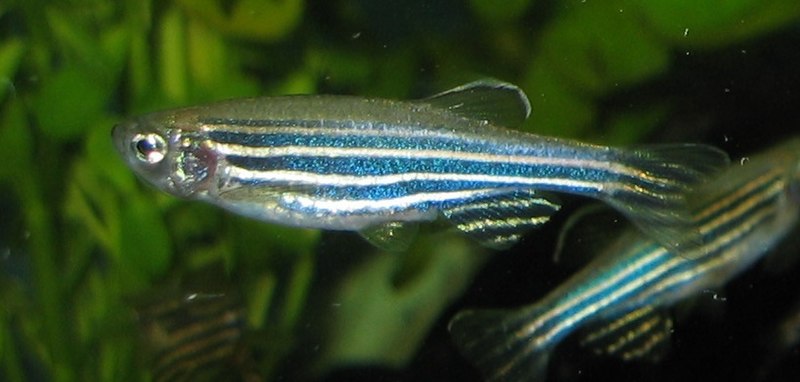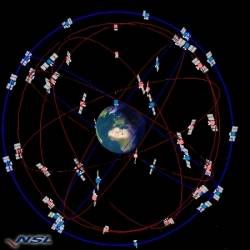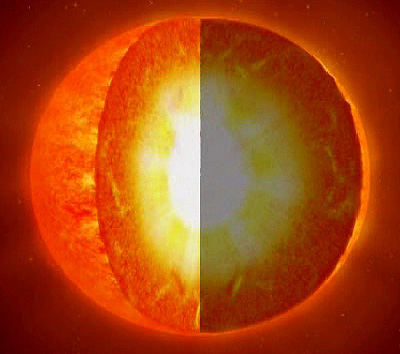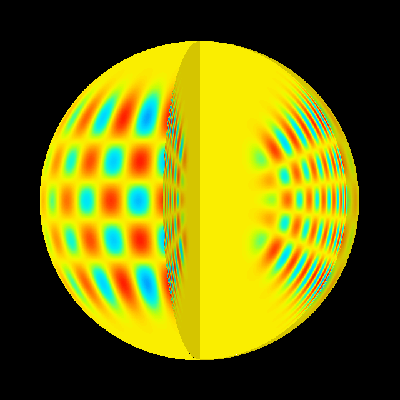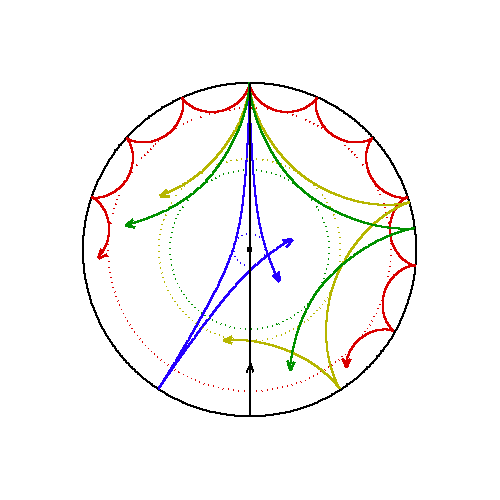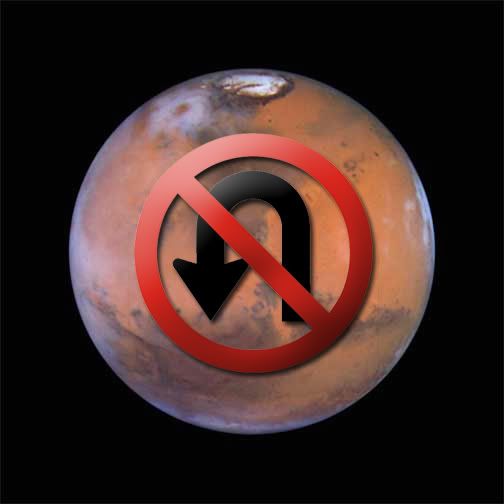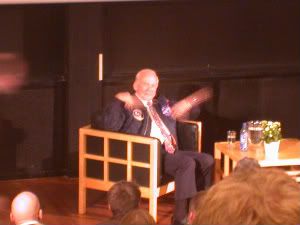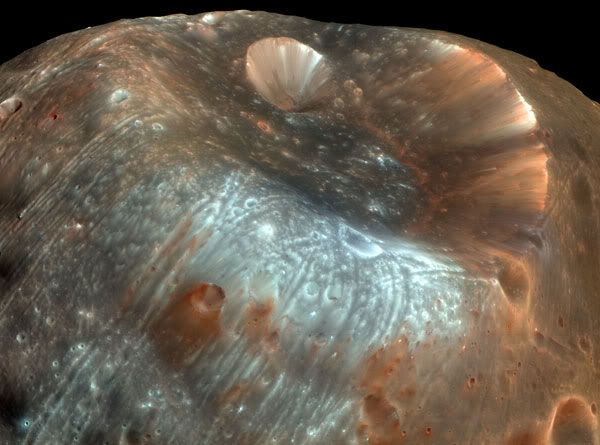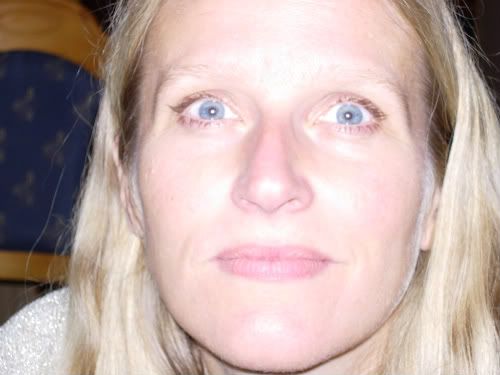

Credit: IBM
This image created by IBM scientists demonstrates a new nano "printing" technique they believe will lead to breakthroughs in ultra-tiny chips, optics, and biosensors. The recreation of Robert Fludd's 17th century drawing of the Sun – the alchemists’ symbol for gold -- was created by precisely placing 20,000 gold particles, each about 60 nanometers in diameter. This method could be used for mass production to place particles as small as 2 nanometers in diameter to fabricate atomic scale nanowires, ultra tiny lenses for optics and biosensors for healthcare.
How on Heavens Earth did it ever become cute and charming to reveal a total lack of knowledge of exact sciences such as mathematics and physics? It beats me, but I constate that that is how one rolls these days. Should you on the other hand expose your lack of insight in say literature or history you risk being banned from elite societies, disgustingly 'ignorant' as you have shown that your are.
Somebody paid me to be a science politician for almost a decade so I know all about earmarking, dedicated science programs and their potential conflicts with resources for basic science projects. And in political fights that follows with science policy making, ignorance surfaced. Yet, never have I seen somebody so blatantly exposing their ignorance as
Sarah Palin does here. Which led me to share my humble observations and views with you.
NASA celebrates 50 years of existence this year. Based on this observation alone one could assume that the population is accustomed to high-tech of all sorts and especially its various applications in our modern society. We can write IBM with letters on nanoscale, send numerous spacecrafts and rockets to space add pinpointing their position with high accuracy to that, create
artificial hearts, sending robots to hostile environments etc. Society is so drenched with high-tech we obviously don't think about it and certainly not reflect on what a life saver it has become. Because, what else can explain that a leading journalist on prime time national TV (in Norway) ask a major donor to basic science why he doesn't rather give his money to something useful like feeding the children in Africa? It is actually appalling that not only inexperienced politicians but highly professional journalists allow themselves to be so ignorant, and on top of it all expose it to the world as something cute. Developing Africa through science based sustainable management, fighting diseases, provide them with educational high-tech and so on is the key to help Africa, not the extremely short term 'put food in their mouth now' strategy. We've tried that for some time. It doesn't solve the problems.
Thank the mighty Gods for the
Kavli's on planet Earth. A Norwegian with a lot of money decided to use them for the benefit of humanity – through furthering basic science; particularly astrophysics (my very own background), nanotechnology (I've spend a considerable amount of time on that field as well) and neuroscience. Kavli has funded a number of science institutes mostly attached to high ranking universities, and also gives away
prizes to extraordinary scientists. This is a sound and long sighted investment in humanity and the direct opposite of the values and politics of the Sarah Palins of this planet.
As a contrast to Kavlis science focused philanthropy we can enjoy the entertaining 'science'. Such as psychologists stating the obvious and claiming it is research. A fine example of recent is the lady in red. Maybe Sarah Palin likes red a lot and that alone is her reason for not attacking funding these kind of projects and instead tries to ridicule the poor fruit flies.
I know an unacceptable amount of facts about mathematics and natural sciences. I like and almost always wear blue. Never red. And I am damned proud of it even if that makes me not cute nor attractive.
One
zebrafish is sent to Alaska's Sarah Palin.
End of rant.




